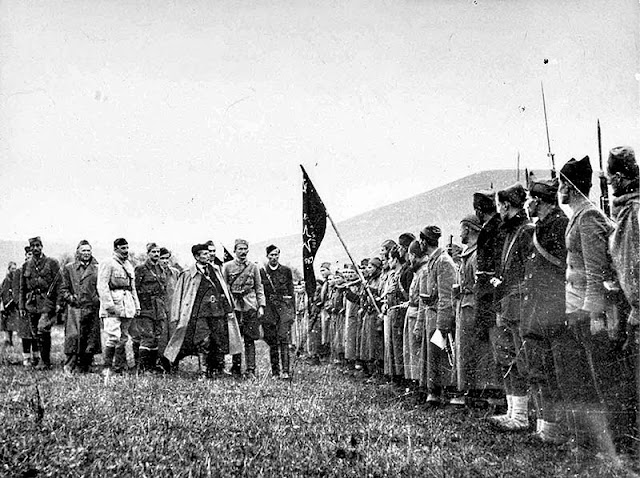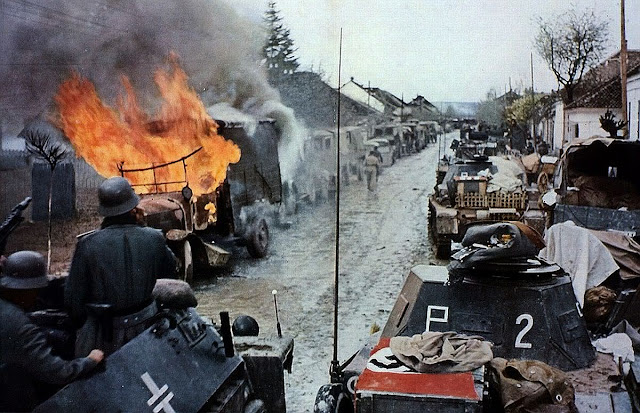Interesting Facts and figures about the Balkans in 1941 Part II

The German Panzer IV tank in the composition of the 11th armored Panzer Division of the 12th Army, in Yugoslavia broke through from the direction of Bulgaria April 3. - The Hungarian Prime Minister Count Pal Teleki committed suicide, not wanting to take part in the invasion of Yugoslavia. April 3. - The Talks of Yugoslav, Greek and British military representatives in Florina. April 4. - Vlatko Macek reached Belgrade and took deputy of the prime minister. Belgrade, Zagreb and Ljubljana in the event of a state of war be declared open cities. April 5 (in fact 6. 4. early in the morning) - signed the Pact of friendship and non-aggression of the USSR and Yugoslavia. April 6. - The attack of Germany against Yugoslavia begins April war - the bombing of Belgrade and air bases, attack of the German 12th Army on Macedonia. The Germans in Zagreb April 6 - Germany attack on Greece (Operation Marita, part of the Battle of Greece). April 7 - Skopje Occupied -...




